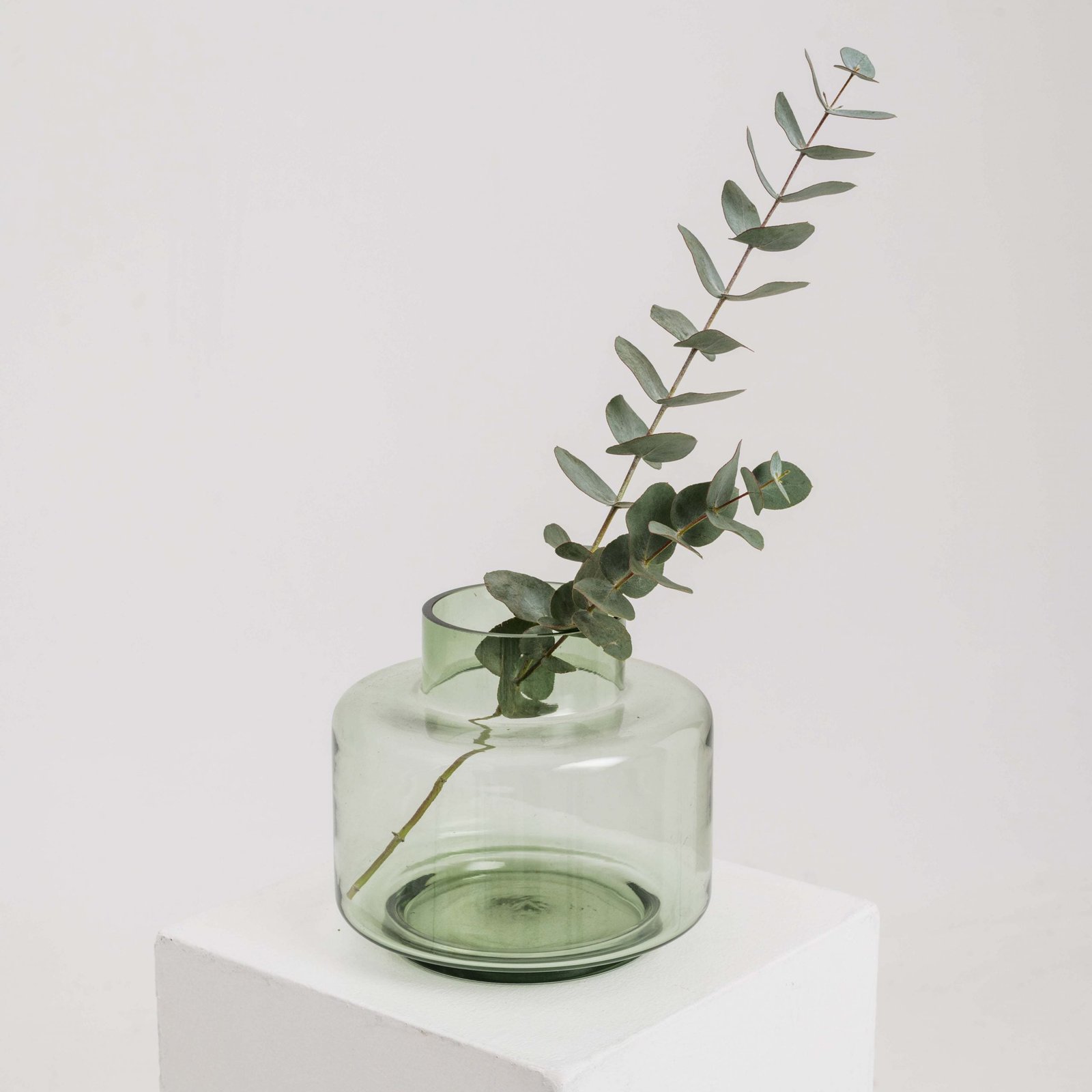Flower care
It is often customary to give bouquets of flowers on various occasions. They are captivating because of their beauty and the hidden symbolism in each blossom. A bouquet of flowers makes a great interior decoration, but it is not always possible to enjoy it for a longer period of time. This usually happens when a bouquet of flowers is not looked after properly. So to make flower care easier, here are some tips that will keep your flower arrangements pleasing to the eye for longer.
Choose the right amount of water
Water is important for all flowers. But some flowers require less and others more. It is therefore important to choose the right amount of water for the flower bouquet so that it does not run out and the stems do not start to rot from too much water.
Spray with a mist of water
To keep your bouquet looking fresh, spray it with a little water. The water will penetrate the flower through other parts of the flower and the scent of the bouquet will linger longer and more widely.
Change water regularly
All flowers like fresh, clean water, so the water in the vase should be changed every 2-3 days. This will help the flowers stay fresh for longer and reduce the risk of bacteria.
Rinse the vase
The vase should be thoroughly rinsed after each water change and after each use. This will help to remove bacteria that multiply in the water and contaminate it. It will also help to keep the water clean and fresh for the flowers.
Choose the right location
Direct sunlight speeds up the drying process, so it’s best to keep flower bouquets away from it. It is also important that flowers do not get too hot, so it is better to keep them in a cool room. This can also be done overnight. Avoid placing bouquets near objects that give off heat, such as radiators, lamps, air-conditioners or even the TV.
Also, do not place flower bouquets near fruit – the gases they emit encourage the ripening process, which affects the flowers.
Use a micronutrient solution
Sometimes water is not enough to keep flowers alive and fresh. For this, it is advisable to use special micronutrient solutions that are poured directly into the water. In this case, the water should be changed less frequently so that the flowers have time to replenish themselves with the various nutrients. Micronutrient solutions are available from various flower studios.
Remove wilted flowers or leaves
As flowers or leaves begin to wilt, more bacteria start to accumulate. Therefore, they should only be removed if noticed. This will ensure easier water uptake and slow down the wilting process.
Cut the stems
Cut the stems of the flowers before placing them in the vase. Cut soft stems straight and hard stems diagonally. This will help the flowers to absorb water more easily and without interference. Also, before measuring, cut off the lower leaves so that they are not in the water. Leaves soaked in water make it easier for bacteria to multiply, which is bad for the flowers.
Some flowers can become a unique interior feature even when they’ve wilted, so don’t be in a hurry to throw them away as soon as they’ve started to wilt. Take a look at what the bouquet is made up of and what would be suitable decorative elements for your home. This will give flowers a second, slightly different life in your spaces.
Some flower bouquets may require specific care, so it is always a good idea to consult a professional florist. This will give you all the information you need to ensure that you don’t get overwhelmed by the care of your flowers and that they keep you happy for longer.









